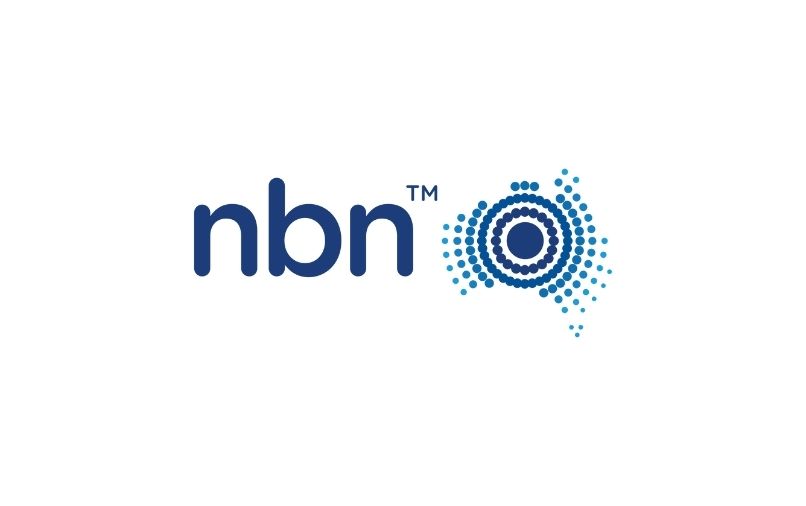- An Australian Competition and Consumer Commission-convened working group required NBN Co to do more homework on a new pricing construct. This is set to charge CVC by utilisation and increase AVC-only pricing over time.
- NBN Co has also presented a detailed analysis providing direction to discussions and opinions of the eventual Special Access Undertaking, which is expected to be lodged next year.
- In summary released by the ACCC late on Tuesday, it was said that participants sought modelling that would reveal the impact the changes would have had over the last two years if the changes were implemented. T

An Australian Competition and Consumer Commission-convened working group required NBN Co to do more homework on a new pricing construct. This is set to charge CVC by utilisation and increase AVC-only pricing over time.
NBN Co has also presented a detailed analysis providing direction to discussions and opinions of the eventual Special Access Undertaking, which is expected to be lodged next year.
There have been three separate working groups established to provide input into a revamp of NBN Co’s Special Access Undertaking. The working groups include RSP representatives.
In summary released by the ACCC late on Tuesday, it was said that participants sought modelling that would reveal the impact the changes would have had over the last two years if the changes were implemented. The summary also noted that there was “particular interest in how results may have differed as between capacity provisioning (sic) billing and usage-based billing.”
In 2022, NBN Co plans to submit a variation of its SAU to the ACCC.
Meanwhile, a separate ACCC account of the group concentrated on the NBN regulatory framework. This framework revealed a paper that detailed a proposal on creating an independent adjudicator to provide a “low-cost, timely, independent review mechanism for disputes over supply arrangements.”
The ACCC now describes it as an “indicative price construct proposal.”
The meeting also discussed the powers and functions that need to be included in the revised SAU according to the document. Some of the possibilities raised include: “a power for the ACCC to set prices for new products; a price review mechanism; product withdrawal provisions; powers to request information and a range of powers and processes that would be required as part of the regulatory reset process.”
The minutes in summary also captured an intriguing exchange over how capacity upgrades should be modelled for pricing.
“Further detail was provided by NBN Co to the working group about the costs of adding capacity to the NBN in response to queries flowing from an earlier presentation. It was indicated that the modelled costs included network augmentation at bottlenecks only and made allowance for efficiency improvements.”
“The presenters also indicated that a significant proportion of the identified costs related to resolving capacity bottlenecks in localised parts of the access network, rather than the aggregation network. While it was acknowledged that the cost increments were location-specific, it was suggested that location-specific pricing could raise equity concerns and it was better to provide an overall price signal for these costs than no signal at all. In the discussion, a working group member expressed the view that NBN Co needed to factor in willingness to pay in its pricing structure and this could mean that efficient prices might differ from the underlying costs.”


